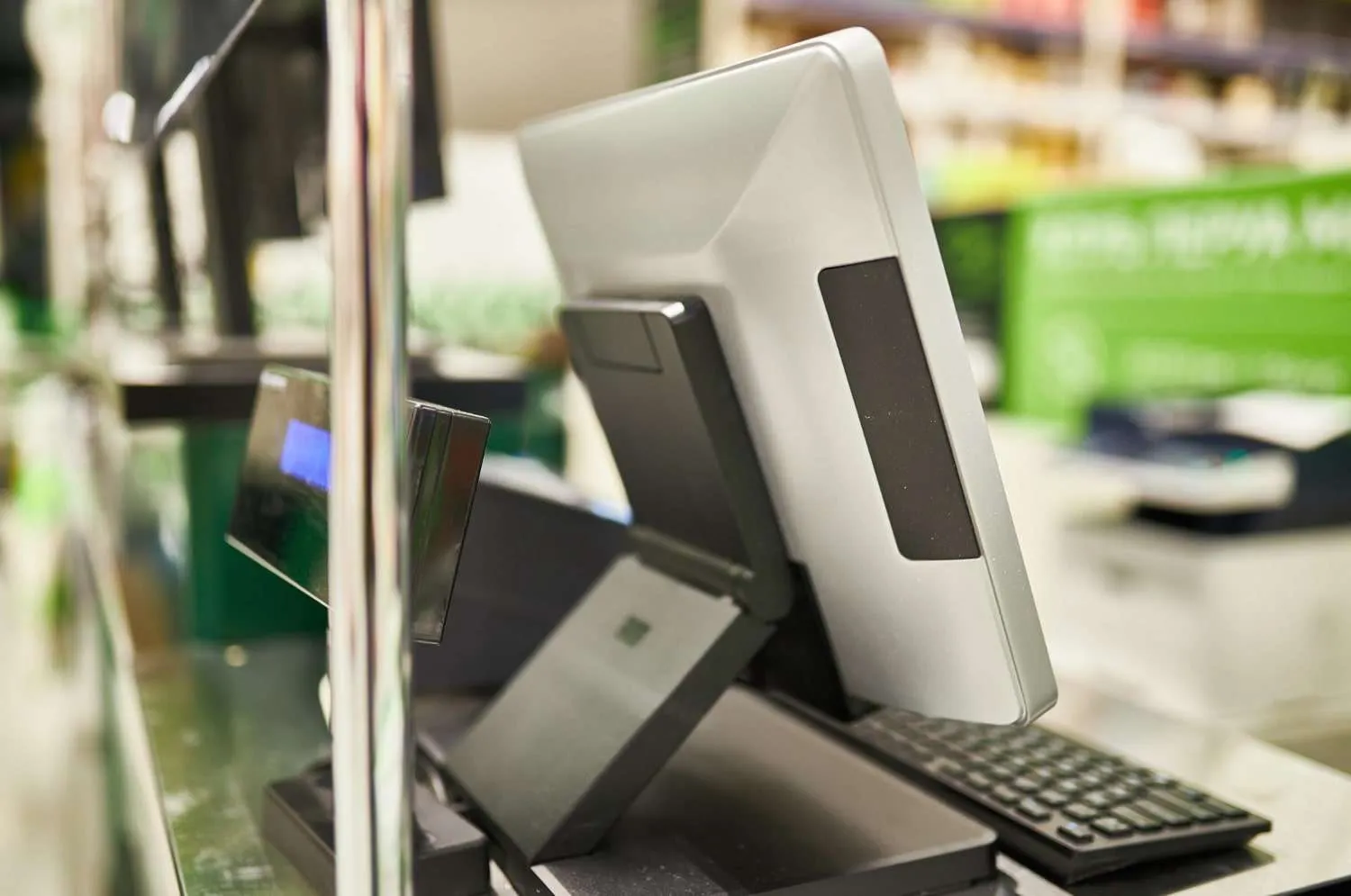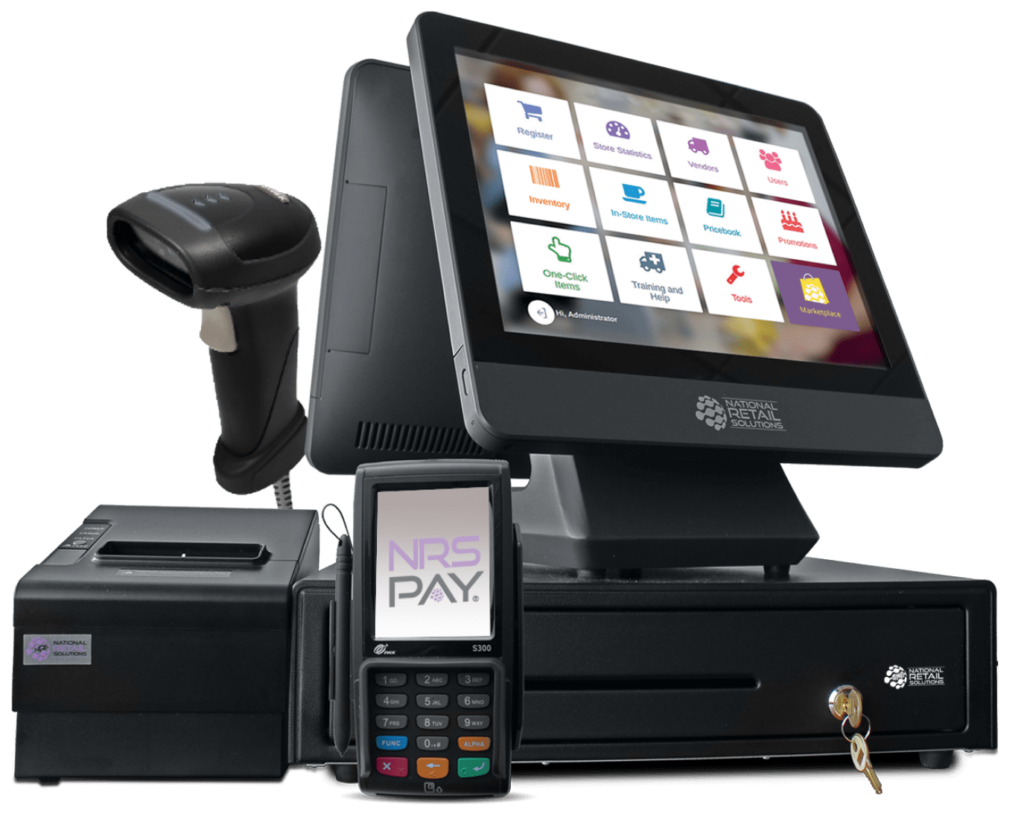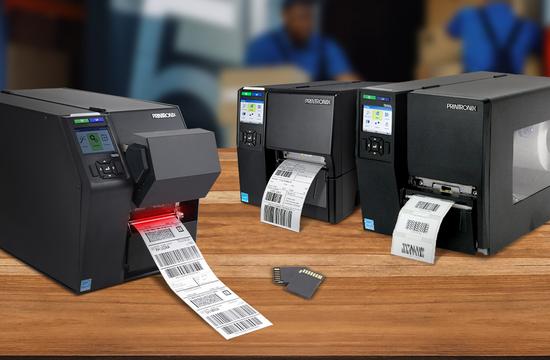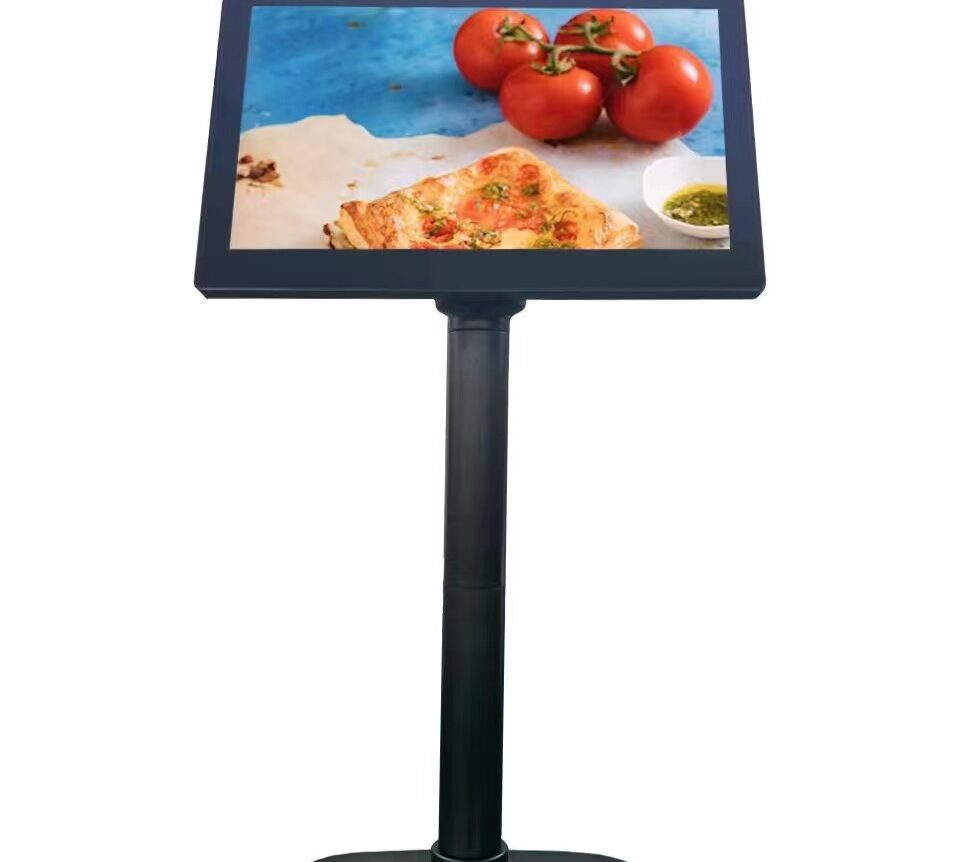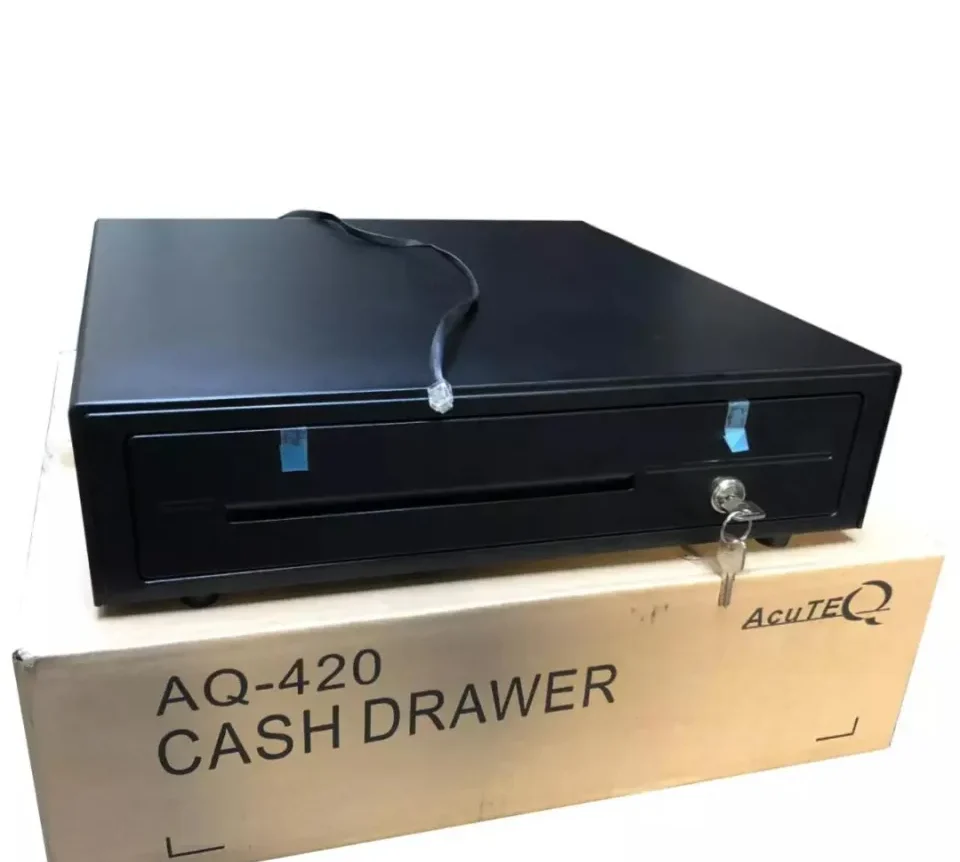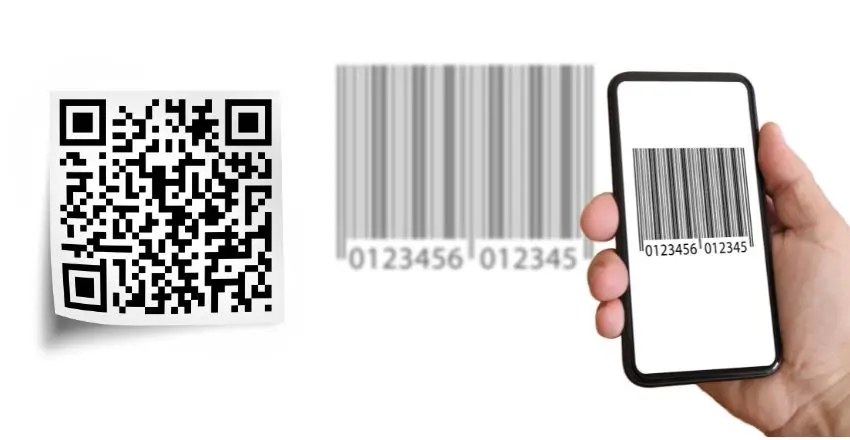To keep a restaurant, retail store, hotel, or other business aligned to their sales goals and business standards, their final transactions must be fast and efficient. This means businesses must take a streamlined approach to keep their customers happy while still increasing sales in every possible avenue. One such way to do this is through a point-of-sale (POS) system. POS systems in Kenya streamline this transaction between merchants and customers and indicate the subtotal and total amount due while the customer makes their purchase.
These POS systems can offer payment options or other services while the customers finalize their payment. Still, given its popularity, it’s important to see what makes up these devices. There are some key components of a POS system in Kenya every business owner must know to ensure their transactions are as efficient as possible.
POS Software
Half of what makes up a successful POS system is the software. Each POS system needs software with a simple user interface and complete functionality. This software should have a database for analytics and managerial functions. The other functions with the software may differ between industries, like restaurants, retail stores, and hotels. Each POS software system in Kenya must have its own unique specifications to handle those applications.
The CPU or All in One Touchscreen
For the hardware, the most important piece is the central processing unit, or the CPU. The CPU or All in One Touchscreen is the main terminal of the POS system and runs the software. Its operating system serves as the brain of the whole system. The OS computes sales transactions, reports, inventory control, and many other necessary functions. It also syncs up with your card reader and cash drawer. Some of these features are done with a password, code, or key, but newer systems offer mobile compatibility as well. Also, the CPU is normally located in the back office of a business as the functioning server. From there, you can download all the necessary software.
Monitor/Touchscreen
The monitor is another key POS system in Kenya component that illustrates sales information during the entire transaction. Operators can add items or view the price, tax, savings, subtotals, totals, or other crucial information. Some of these details relate to the business conducted. For example, the monitor for a restaurant POS system will list all the food items a customer had, while a hotel POS system will list the rooms and amenities rented. This monitor operates along with the back-office server, keyboard, mouse, cash drawer, and receipt printer. Sometimes, monitors have touch-screen capability, which makes the mouse obsolete.
Keyboard and Mouse
The keyboard and mouse are also important. Some keyboards offer a built-in card reader. Other systems just use regular keyboards and computer mouse, but some don’t. Touch-screen monitors don’t require a mouse, but they may still require a keyboard for faster data entry. Nevertheless, the keyboard and mouse are still essential components to the monitor and computer because they help the user input data or adjust transactions, like finalizing payments, price matching, or handling returns.
Customer Pole Display
This feature is more common with retail stores, but the customer store display informs customers of their subtotal and total price. It’s not required for most POS systems in Kenya. Still, a lighted customer display screen in Kenya shows customers the total price they’ll pay for their goods. You can also customize messages or advertise your products on this display.
Receipt Printer
Thermal Receipt Printers connect to the back-office server, monitor, and front house terminal. It prints a record of the transaction for the merchant and the customer. Keep the printer you get in mind, as this can affect your revenue. Serial dot-matrix printers are initially cheaper but use pins and ink ribbons that are costly to replace over time. Thermal receipt printers, on the other hand, have a higher upfront cost but will save you more in the long term. It’s faster and quieter than serial dot-matrix printers, but they also require a special receipt paper than can be costly.
EMV-Compliant Credit Card Reader
This is a standard piece of POS hardware. One of the first components people imagine when they think of POS systems is the credit card reader. These signature capture devices use integrated payment processes to read credit cards, debit cards, gift cards, or other payment options. These can connect to cash drawers for further payment. These card readers are EMV-compliant, which means they have a chip reader and magnetic stripe reader built-in. Signature capture devices streamline the payment transaction into one fast, efficient, and errorless process.
Barcode Scanner
Likewise, barcode scanners are an essential component of retail stores and grocery stores. They vary in size and technology, ranging from small handheld scanners to large industrial-sized check-out scanners. Barcode scanners read the serial number and line that are the barcode to decipher the information. It then sends this information to the computer in an accurate, timely manner. They also serve as a tool to record customer data to use for future transactions.
Cash Drawer
The cash drawer is an essential tool to hold and account for your paper and coin cash deposits. The cash drawer can connect to the back server, monitor, and other essential components of the POS system in Kenya to open and close based on separate transactions. These cash drawers are commonly strong enough to handle constant opening and closings and still protect the items inside. Although it’s intended to hold paper and coin currencies, you can also put keys, checks, receipts, or other important papers and items inside.
At MaxPOS Systems, we understand what goes into a reliable POS system. Our extensive POS systems for restaurants, retail stores, and hotels are guaranteed to have every component necessary for fast, efficient, and effortless transactions.
Conclusion
Investing in the right point of sale hardware components is crucial for creating a seamless and efficient checkout experience for your customers. The 5 Mian components discussed here – POS terminal, barcode scanner, receipt printer, cash drawer, and payment terminal – form the foundation of a robust POS system. By carefully selecting these hardware components based on your business requirements, you can enhance operational efficiency, improve customer satisfaction, and gain valuable insights into your business operations. Remember, choosing high quality and compatible POS hardware in Kenya is a long term investment that can significantly impact your business’s success.


